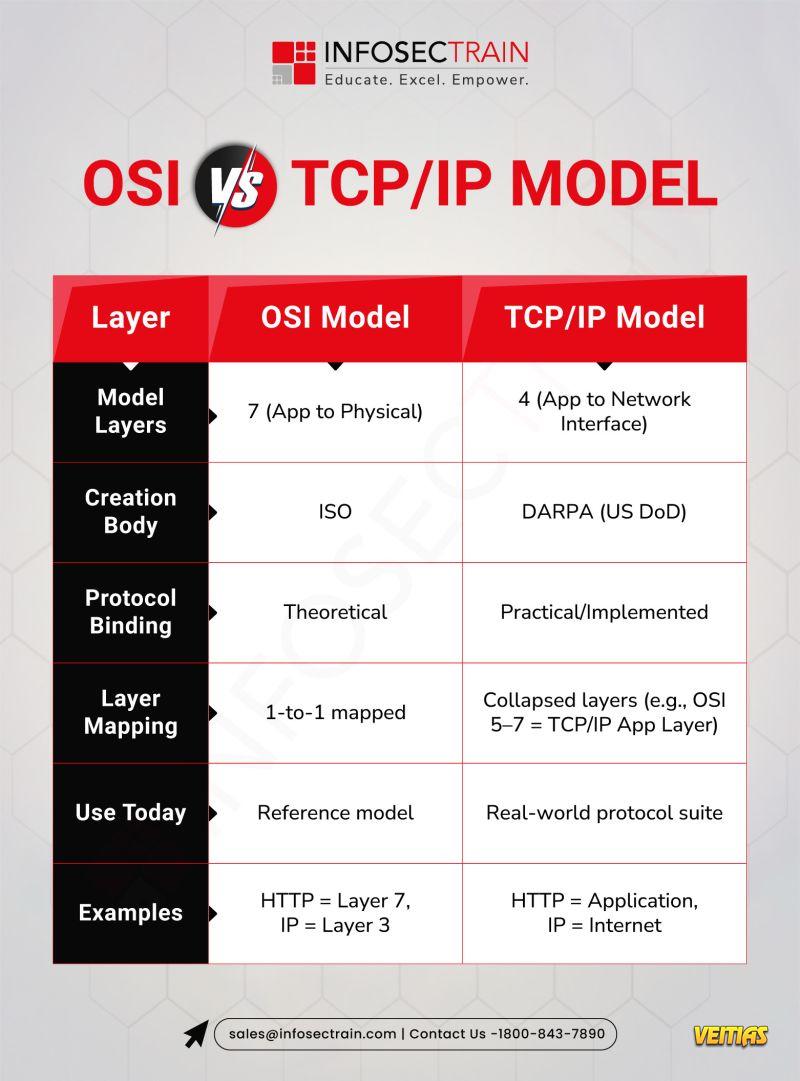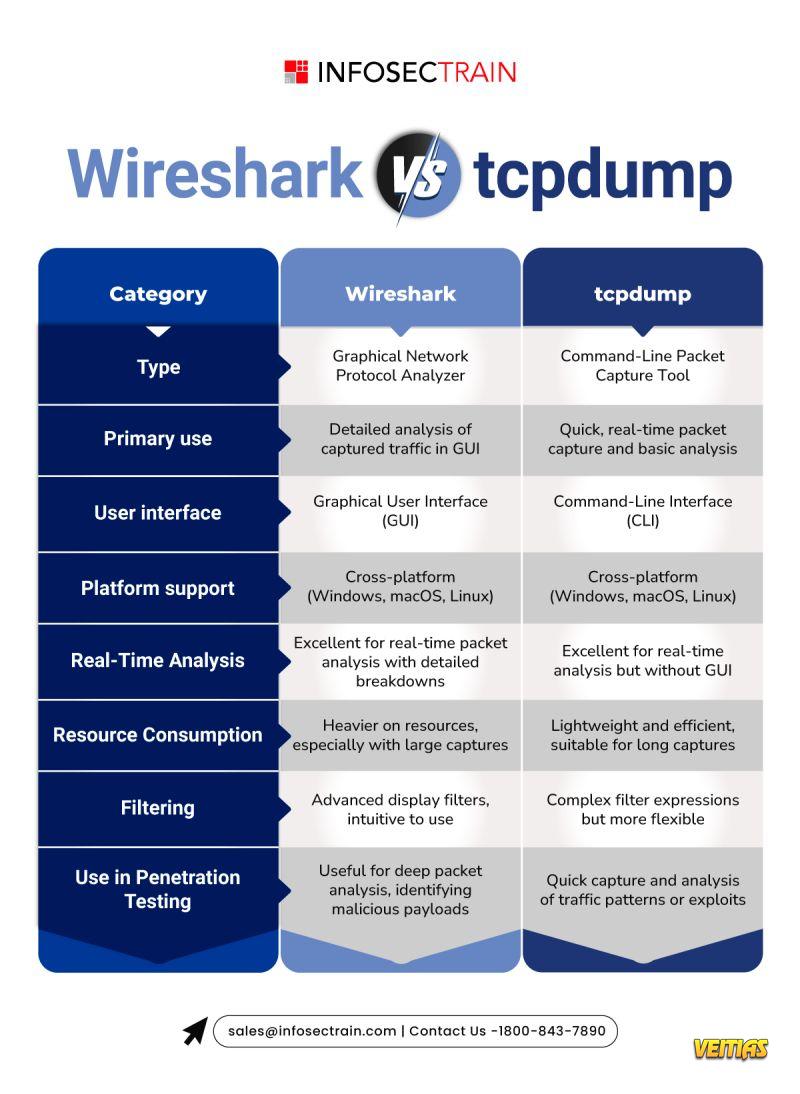The OSI and TCP/IP models are frameworks used to understand and standardize network communications, but they differ in structure and usage. The OSI model has seven layers—Physical, Data Link, Network, Transport, Session, Presentation, and Application—providing a detailed, theoretical approach for designing and troubleshooting networks. In contrast, the TCP/IP model has four layers—Link, Internet, Transport, and Application—offering a more practical, streamlined framework used in real-world Internet communications. While OSI is more conceptual, TCP/IP is widely implemented, and both models help in understanding how data travels across networks.
The OSI and TCP/IP models are frameworks used to understand and standardize network communications, but they differ in structure and usage. The OSI model has seven layers—Physical, Data Link, Network, Transport, Session, Presentation, and Application—providing a detailed, theoretical approach for designing and troubleshooting networks. In contrast, the TCP/IP model has four layers—Link, Internet, Transport, and Application—offering a more practical, streamlined framework used in real-world Internet communications. While OSI is more conceptual, TCP/IP is widely implemented, and both models help in understanding how data travels across networks.
0 Commentarios
0 Acciones
943 Views
0 Vista previa










